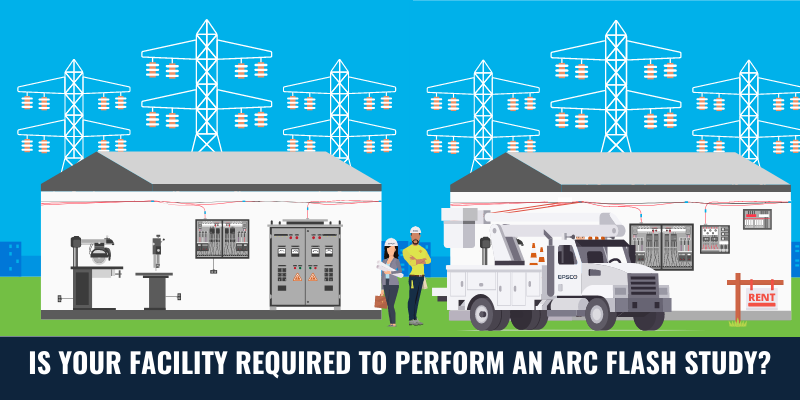IS AN ARC FLASH STUDY REQUIRED?
First, you should perform an arc flash study to keep your team safe! An arc flash analysis shows workers (including outside contractors) what PPE to wear, the safe working boundaries, where to set up barricades, What the available incident energy is, and so much more.
Arc flash studies are not required by any governing body.
HOWEVER, suppose you don’t perform an arc flash study. In that case, you will be limited to generic equipment labels requiring workers to refer to the NFPA 70E and perform calculations every time anyone performs work.
Not completing an arc flash study can lead to serious injury, fatalities, system downtime, OSHA fines, and more. Even though this is not a requirement, OSHA will fine facilities based on non-compliance with NFPA 70E through more vague dialogue.
Click HERE to see recent citations and the real cost of an arc flash incident!
USING THE “TABLES METHOD” TO AVOID AN ARC FLASH ANALYSIS
The benefit to completing an arc flash study is that your employees or contractors will not have to do the extra work of completing the calculations before performing any qualified electrical work. With an arc flash study, hazards and safety factors are known ahead of time for each specific piece of equipment so that your team can get to the task at hand right away rather than having to consult NFPA 70E tables and perform safety calculations before they can start work. Arc flash studies can lead to much greater efficiency and production, especially considering the five-year recertification cycle.
It is also important to understand that your qualified workers may be unable to calculate incident energy. If this is the case, you will need to hire additional help to complete tasks if your analysis is incomplete.
OUTSOURCING ALL ELECTRICAL WORK
This will not exempt your facility from responsibility. As the host employer, you are responsible for those performing work on-site. Without an arc flash study and labeling in place, your contractors will either have to perform the calculations beforehand, costing them more time and money, or they may skip this step entirely, putting themselves at risk and you liable.
To learn more about this topic, click HERE.
NFPA 70E INDUSTRY EXCLUSIONS
The following industries fall outside of the governance of NFPA 70E due to their industry-specific requirements. This only means that other agencies such as MSHA, NEC, IEEE, or NMRA regulate these facilities specific to their industry as other hazards may exist. This does not mean that an arc flash study does not need to be performed.
Maritime, rail, mining facilities, and large-scale utility systems fall outside of the governance of the NFPA 70E code, but they are subject to regulations by the IEEE C2 safety code which has many similarities with the NFPA 70E. Arc flash studies or clear labeling on panels that entail some calculation are required safety practices according to the IEEE C2.
Still not sure you need an arc flash study? Contact us!
I LEASE OR RENT MY BUILDING… AM I STILL RESPONSIBLE?
As the employer, you are always responsible for the safety of your workers and contractors, whether you lease or own the space. Employers must provide an electrical safety program for workers if any electrical work is done on-site or work near or around electrical hazards will occur. This includes work like manufacturing or line work if employees are in close proximity to live wiring or panels. It could also apply to situations where a janitor’s closet or supply area doubles up with an electrical room. Even if panels are not being opened when employees are around, they need to be aware they are working around electrical hazards and should know how to safeguard themselves from potential accidents.
Electrical safety programs must address arc flash hazards and provide safety protocols, whether it is through the PPE category method or the incident energy method.



